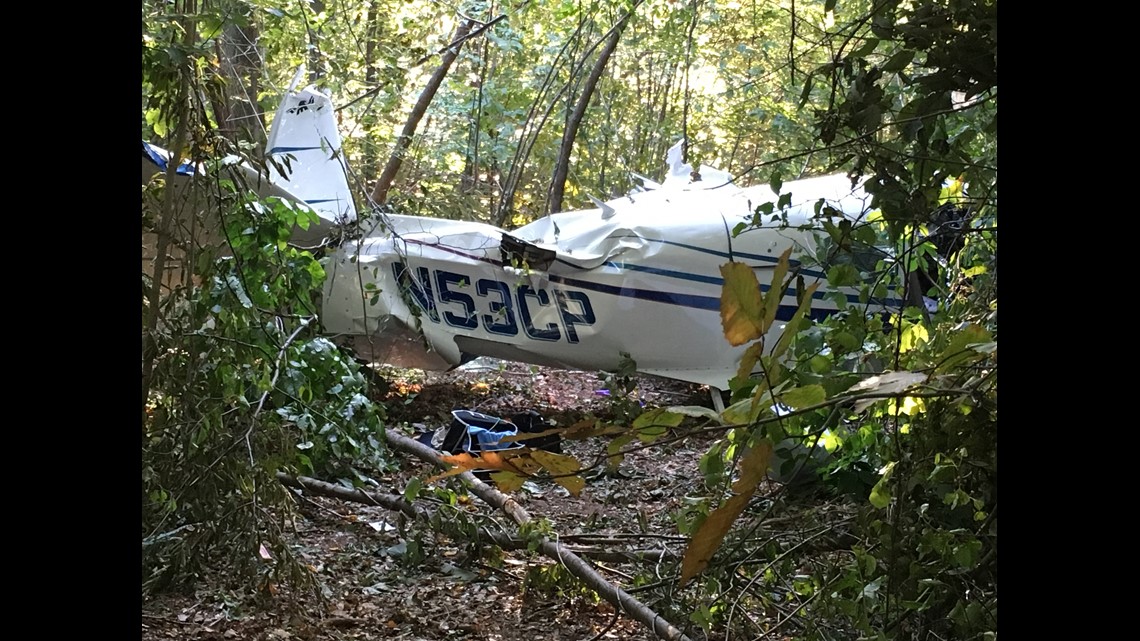

Pokhara is located some 129 kilometers (80 miles) west of Kathmandu. The aircraft had been flying from the capital of Kathmandu to Pokhara, the country’s second-most populous city and a gateway to the Himalayas, the country’s state media The Rising Nepal reported. The rest were individual citizens of Australia, Argentina, France and Ireland. Fifteen foreign nationals were on the plane as well: five were Indian, four were Russian and two were Korean. The civil aviation authority said that 53 of the passengers and all four crew members were Nepali. Those crashes involved aircraft run by Thai Airways and Pakistan International airlines and left 113 and 167 people dead, respectively.Īuthorities said 72 people were on board when the plane went down. The only incidents in which more people were killed took place in July and September 1992.

Sunday’s incident was the third-deadliest crash in the Himalayan nation’s history, according to data from the Aviation Safety Network. Hundreds of first responders had been still working to locate the remaining four individuals before then, Bhandari said. Search efforts were called off after dark, Army spokesman Krishna Prasad Bhandari said, and will resume Monday morning. Thirty-seven were men, 25 were women, three were children and three were infants, Nepal’s civil aviation authority reported. Seventy-two people – four crew members and 68 passengers – were on board the ATR 72 plane operated by Nepal’s Yeti Airlines when it crashed, Yeti Airlines spokesman Sudarshan Bartaula said. The Tokyo Metropolitan Government, which manages the Chofu Airfield, will continue to ground private aircraft until the government's preventive measures are considered appropriate.At least 68 people were killed Sunday when an aircraft went down near the city of Pokhara in central Nepal, a government official said, the country’s deadliest plane crash in more than 30 years. The JTSB has advised the transport minister to step up guidance for private plane pilots to abide by the maximum loaded weight and confirm emergency response procedures, such as those in case of a lack of speed. While the laws and regulations require the pilot to confirm the loaded weight and the center of gravity before take-off, it is possible Kawamura did not check them thoroughly. It was only 55 seconds after the plane started taxiing along the runway.Īccording to the JTSB, the aircraft's center of gravity lied in its rear part, making it apt to keep a nose-lifting posture. The fourth house burned down due to the crash, killing Suzuki. It then reportedly bounced and twisted its body to the right, and crashed into a fourth house with its body upside down. The aircraft then started to descend while leaning to the left and maintaining the nose-lifting posture, before coming into contact with an antenna of a house and having its fuselage hit the roof of a second house. The JTSB, affiliated with the Ministry of Land, Infrastructure, Transport and Tourism, estimated that the aircraft's ability to take off and ascend had lowered as it was overloaded - some 58 kilograms more than the maximum weight of 1,950 kilograms capable for take-off, considering the total weight of people aboard the plane and fuel.Įven if the aircraft was loaded with just the maximum weight, it would have needed to accelerate to some 144 kilometers per hour before take-off, but the plane actually took off at a speed of around 135 kilometers per hour.įurthermore, the aircraft continued to maintain excessive nose-lifting, and its floating power declined due to air resistance after it reached an altitude of some 27 meters. Pilot Taishi Kawamura, 36, and Mitsuru Hayakawa, 36, who was also aboard the aircraft, died in the crash, while a 34-year-old resident of one of the houses hit by the plane, Nozomi Suzuki, also died. of the United States - took off from Chofu Airfield on July 26, 2015.

The plane - a PA-46-350P model manufactured by Piper Aircraft Inc. "Because the aircraft was not equipped with a flight data recorder and the pilot was killed, we couldn't clarify what maneuvering decisions he had made," said JTSB Chairman Kazuhiro Nakahashi, as the board unveiled the investigative report on July 18. Because the pilot is dead, the JTSB could not find out what decisions he made prior to the crash, nor whether there was any trouble with the engine. The crash of a single-engine propeller aircraft in the city of Chofu in July 2015 killed the pilot, another person aboard the plane and one resident, while injuring three others on board and two other residents.


 0 kommentar(er)
0 kommentar(er)
